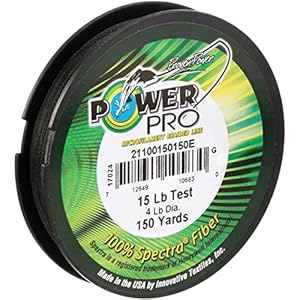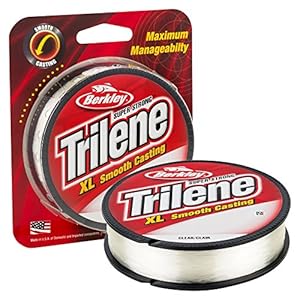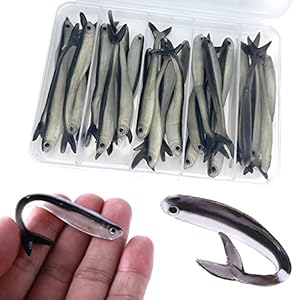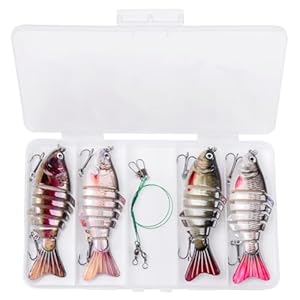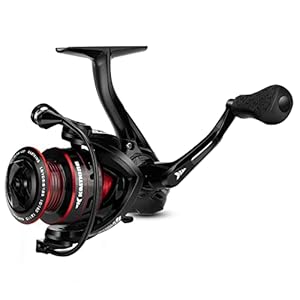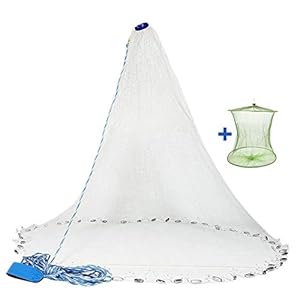
In an effort to continually bring fly-fishing history to light in new and interesting ways, the American Museum of Fly Fishing is kicking off an exciting program to create commemorative pieces of classic American tackle in partnership with some of the world’s finest reel-makers, rod-builders and artisans. Due to the significant amount of time and effort it takes to create these commemorative pieces, AMFF is producing them in very limited quantities, with a goal of one new release per year. Through this program, AMFF hopes to shed light on a wide range of historically-significant items that relatively few anglers know about, but which have heavily influenced the tackle we still use today. For the first release, AMFF’s curator Jim Schottenham chose an incredibly rare and important example of American reel-making, a c. 1850s Morgan James Reel.
Morgan James, like many other early-American reel makers, was a notable gunsmith from New York. While AMFF is still working to acquire a Morgan James reel for its collection (only 3 or 4 are known to still exist), they were able to model their commemorative reel after one of his original “Pillbox” style reels on loan from a collector. One of the most interesting aspects of the fly reels from this period (1850-60s) was that they were almost all “side-mount” reels. Here’s an excerpt from an auction catalog, written by Bob Lang in 1999, which explains why these reels are so important from a historical perspective:
The side-mount reel takes its name from the fact that it is mounted horizontally (literally on its side) rather than vertically, as are most conventional fly reels today. The non-horizontally mounted reel now survives only in the modern automatic fly reel, but during the late nineteenth century, it was a very popular single-action fly reel.
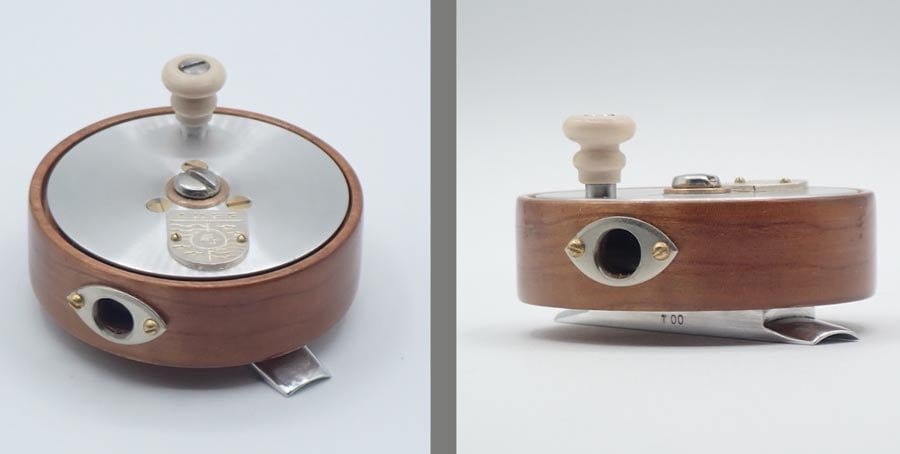
Unlike, for example, Kentucky Baitcasting Reels, little has been written about side-mount fly reels. One of the few studies is by Jim Brown, “Side-mount Fly Reels: American Classics”, The American Fly Fisher (winter 1985). The picture that emerges from this and other sources suggests that the side mount reel is a distinctively American product with few, if any, British antecedents. It also appears that just as the birthplace of the American bait-casting reel is now thought of as Kentucky, the origin of the side-mount fly reel is very likely in New York.
This regionalization of fishing reels is just beginning to be understood but what is clear is that side-mount reels represent the nation’s earliest original efforts to make reels suitable for fly fishing. William Billinghurt’s 1859 patent birdcage reel is now generally accepted as the first American fly reel and a kind of stylistic prototype for the many side-mount reels to follow. The majority of these side-mount reels are true vintage antiques, being over 100 years old and as one might expect many are very rare.
In fact, because of the early time period there are some exceptionally interesting “home-made” side-mounts. There were relatively few commercial reel makers in America prior to the Civil war and a very strong tradition of amateur tackle-making. In an age when store bought manufactured products were both difficult to obtain and expensive, it made sense for anglers to either make reels on their own or visit the local gunsmith, clockmaker, or jeweler to have reels made for them. Such reels are often unsigned but may display a strong sense of design and craft or a folky primitivism that is very appealing.

AMFF is producing just twelve reels, with No. 001 going into the museum’s permanent collection and Nos. 003-012 being offered as part of a new lifetime membership package that’s already sold out. However, reel No. 002 was reserved for AMFF’s final raffle of the year, so everyone can have a chance to own this incredible piece of history. The grand prize package includes the reel, a custom box and a robust set of period-accurate accessories to complete the full historical experience if you win. The package also includes a lifetime AMFF membership, and tickets start at just $20 with all proceeds benefiting AMFF and the important work they do.
Click here to see the full set of specs and to purchase tickets
Trending Products


